We are now two weeks into our little egg-hatching experiment. It’s mostly uneventful, other than turning the eggs three times a day and occasionally checking the temperature in the middle of the night. Becca tells me I am a good mother hen.
People have asked me, where did we get our eggs? We keep chickens of course, and a rooster.
So we are using eggs from our own flock. But that doesn’t mean all the eggs will hatch. In fact, it’s impossible to know which eggs are fertilized until after they have been incubated for several days.
There are three possible outcomes:
- The egg is unfertilized.
- The egg is fertilized but stopped growing.
- The egg is fertilized and the embryo is growing!
After incubating the eggs for about 1 week, you can “candle” them to distinguish between the various stages. Candling simply involves shining a flashlight through the egg to see what’s inside. Apparently this was done by candlelight back in the day, hence the name. Being the nerd that I am, I built a little contraption to hold the flashlight and egg in place so I could take pictures.
Initially, I was quite disappointed that the first two eggs I candled did not appear to have anything growing in them. But the next two did have growing embryos, and it was thrilling to see them moving around inside! I couldn’t believe that two new chickens were actually growing inside this rinky-dink contraption I threw together.
Here are more pictures from candling:
This is second unfertilized egg from the first batch.
This is an unfertilized egg from a batch I started a few days later. Notice the egg yolk (dark spot) towards the top of the egg, and otherwise transparent color all the way through.
Now compare the above unfertilized eggs with these:
The sure sign of a developing chick is blood vessels spreading out from the embryo. The opaque part towards the top of the egg is the actual chick.
Same egg, turned upside down. Here you are seeing the air sac that forms on one end of the egg, also an initial sign of healthy embryos. The air sac contains the oxygen the baby chicks will need while they’re hatching.
This is the other developing egg. You can see all the components: blood vessels, embryo (dark spot), and air sac.
It’s exciting, but I haven’t named them yet. The hardest part is yet to come. A lot can go wrong in the final few days of incubation. If the temperature or humidity is off by just a few degrees, the chicks won’t be able to hatch. We’ll just have to wait and see.
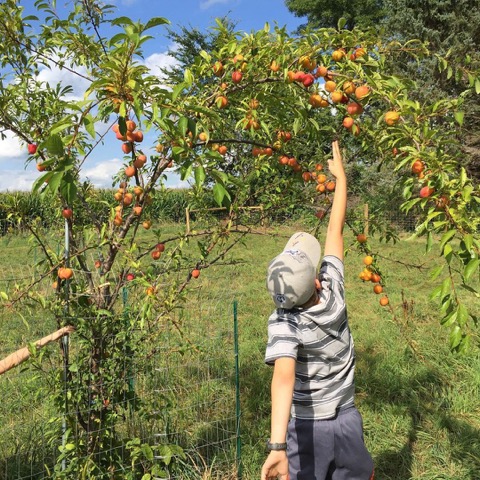

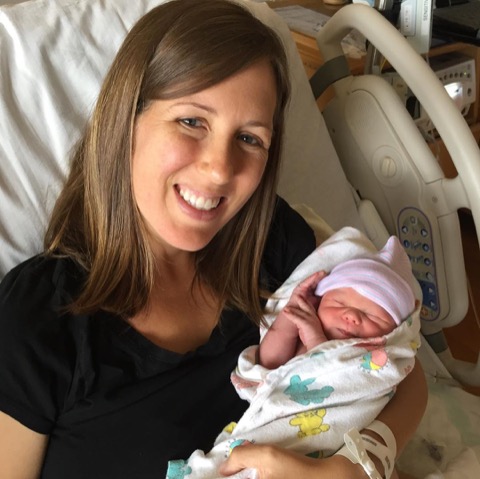


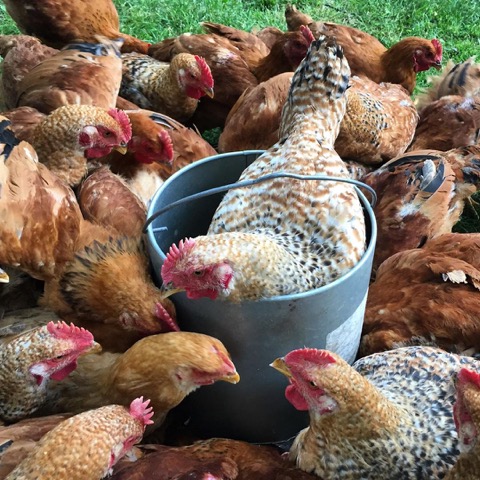
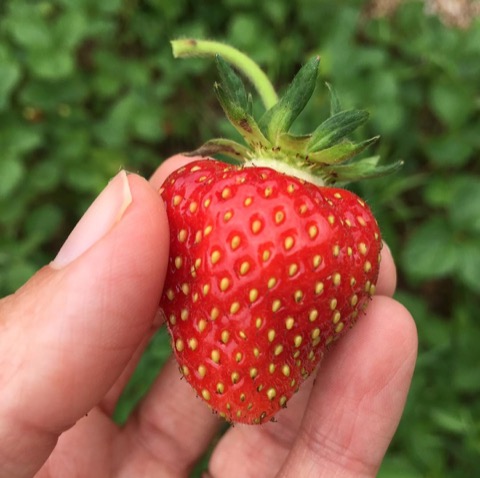
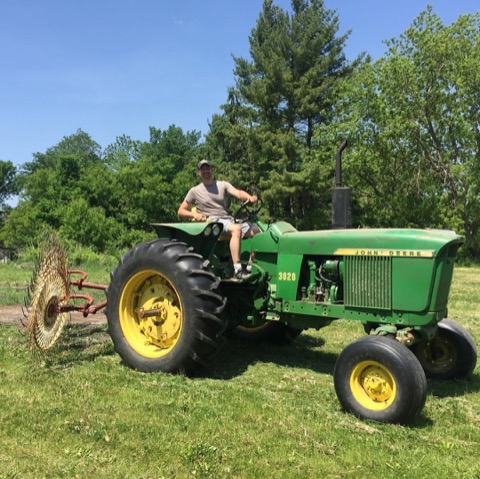

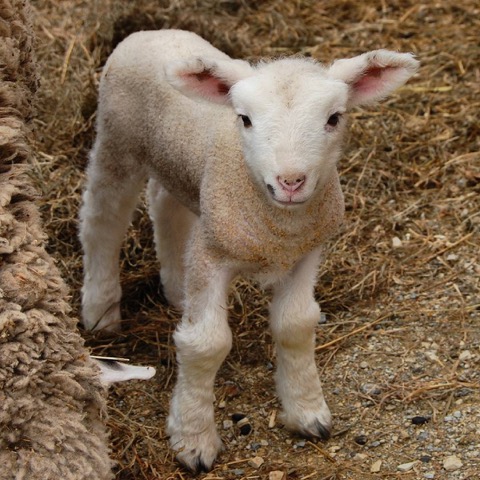
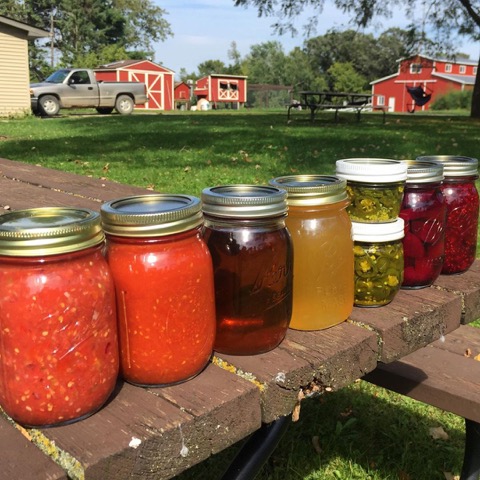
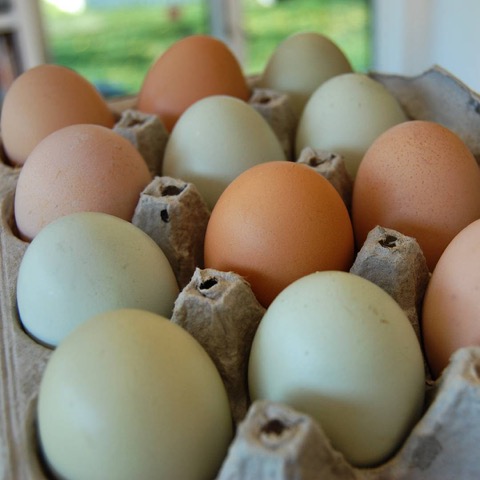

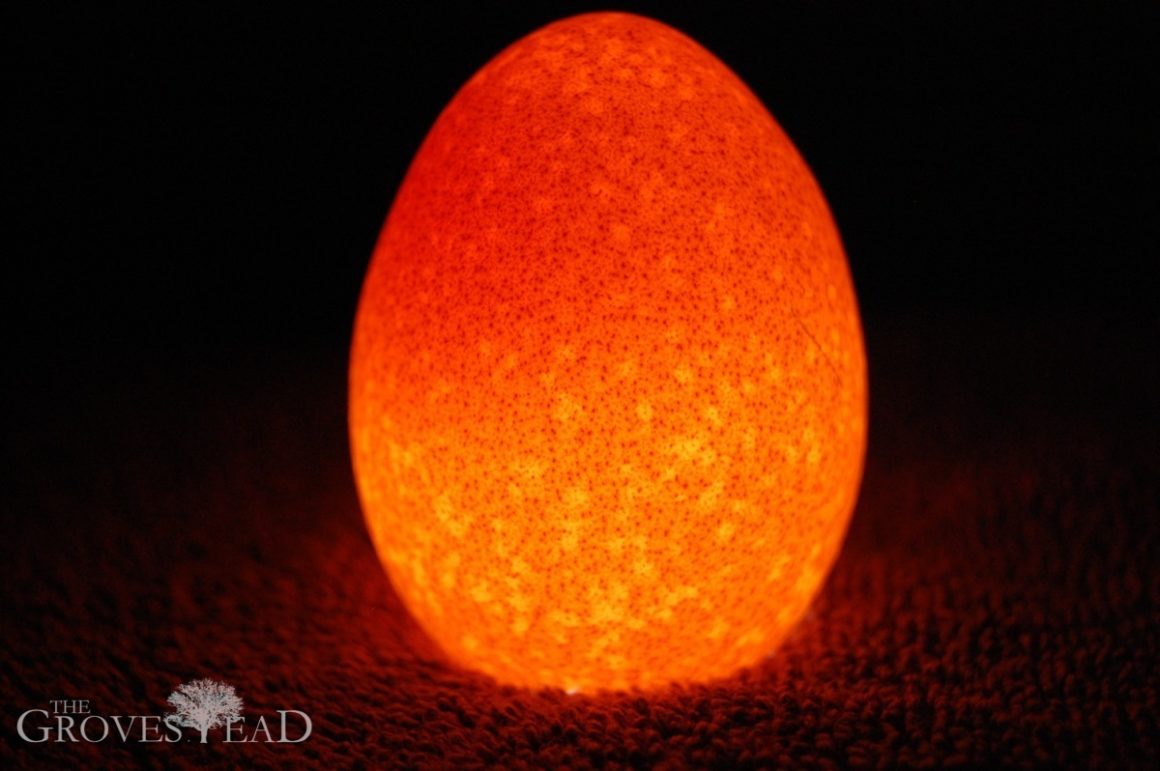
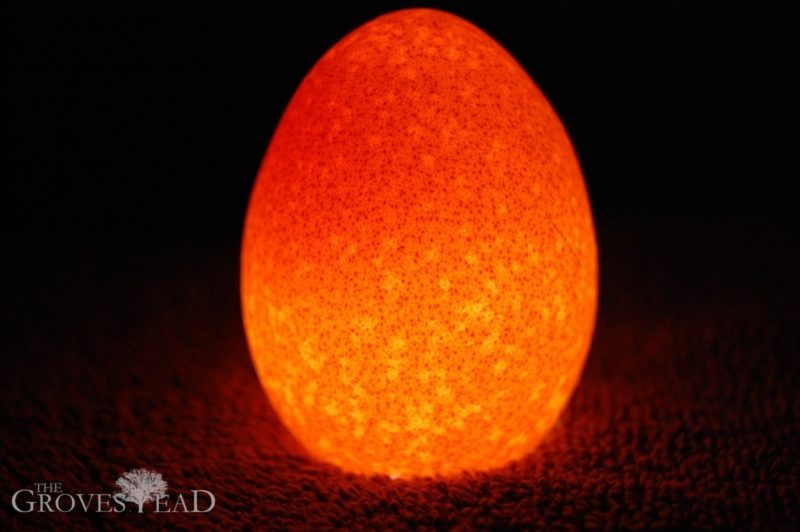
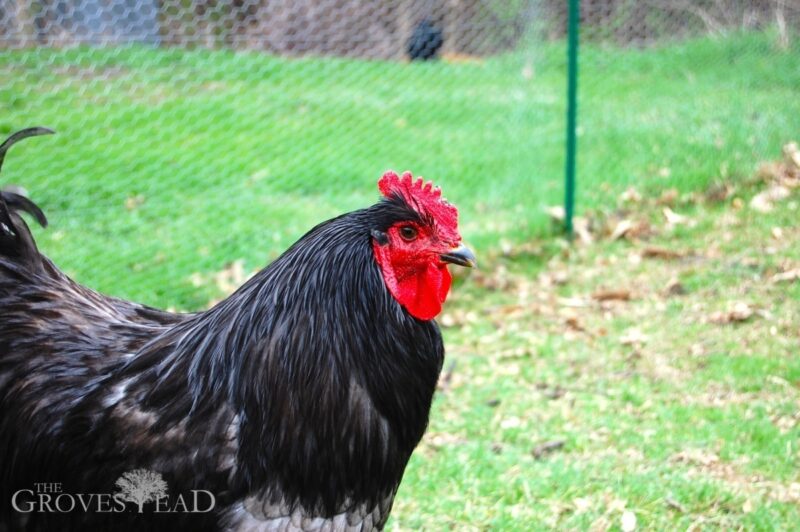
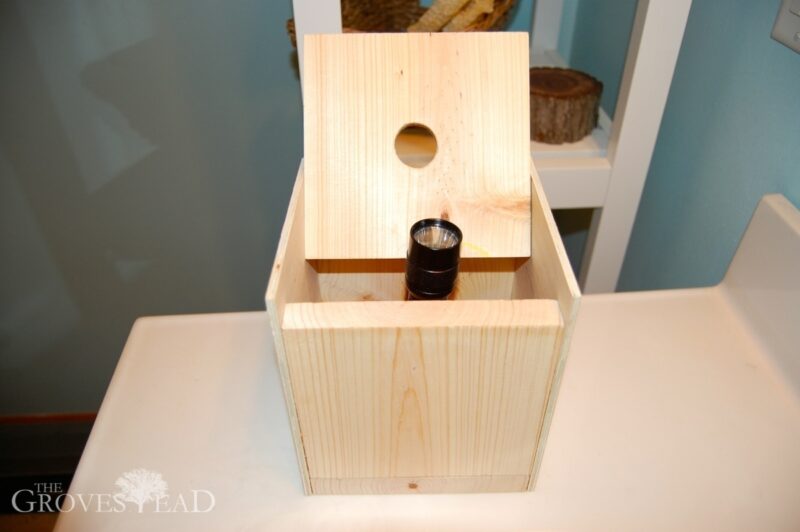
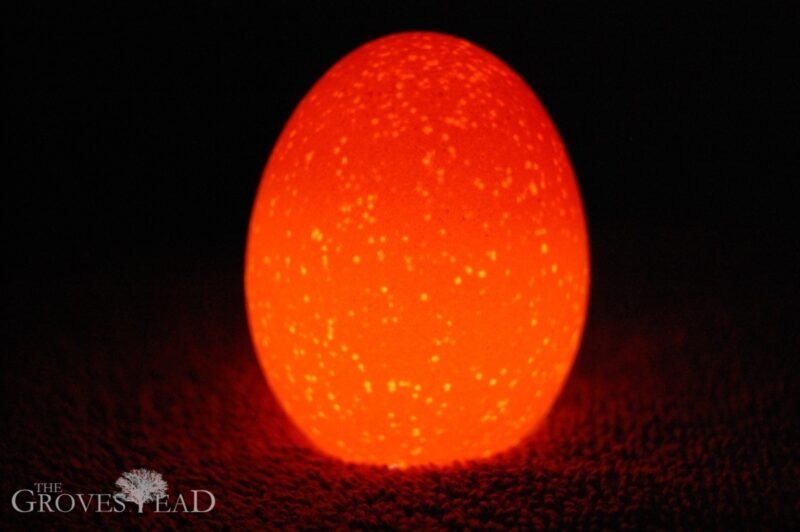
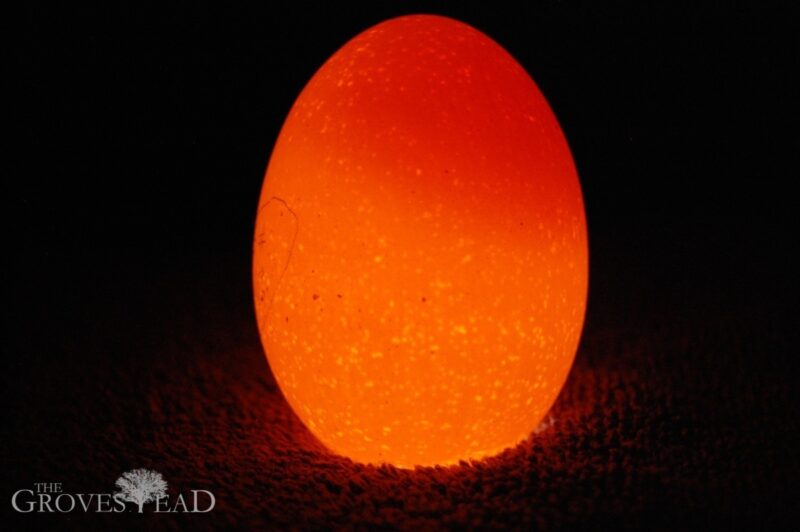
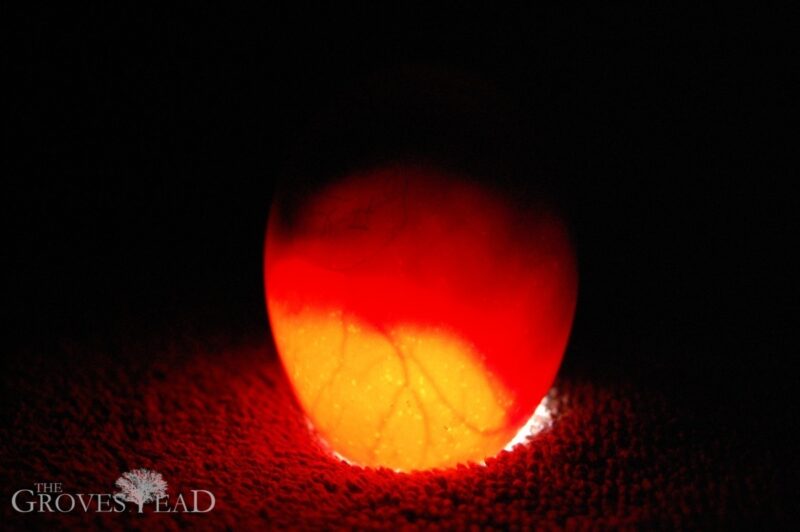
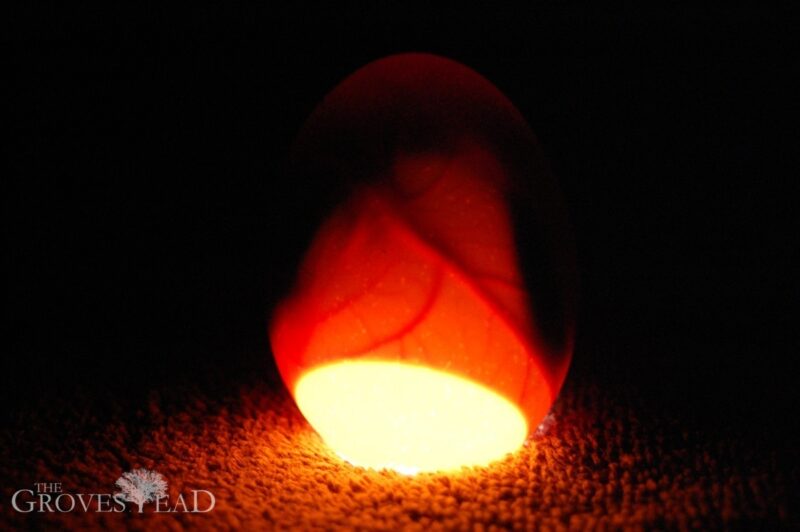
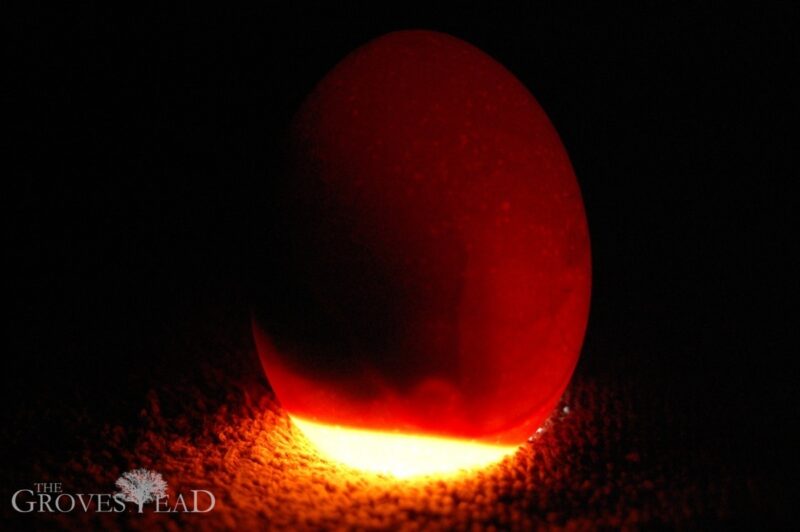


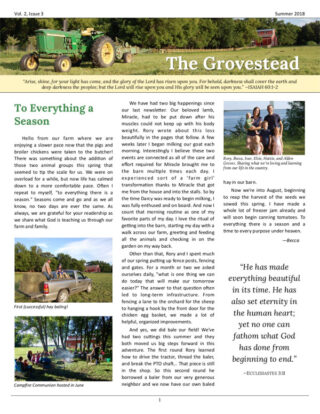



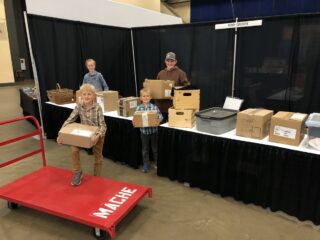

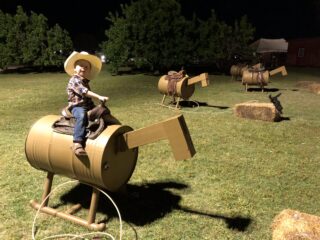

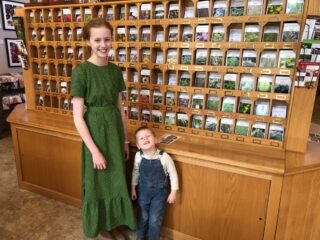
4 comments
This so so cool Rory! I hope they make it through the incubation stage too!
Very cool! And watch out for Becca. I hear she’s into naming chicks.